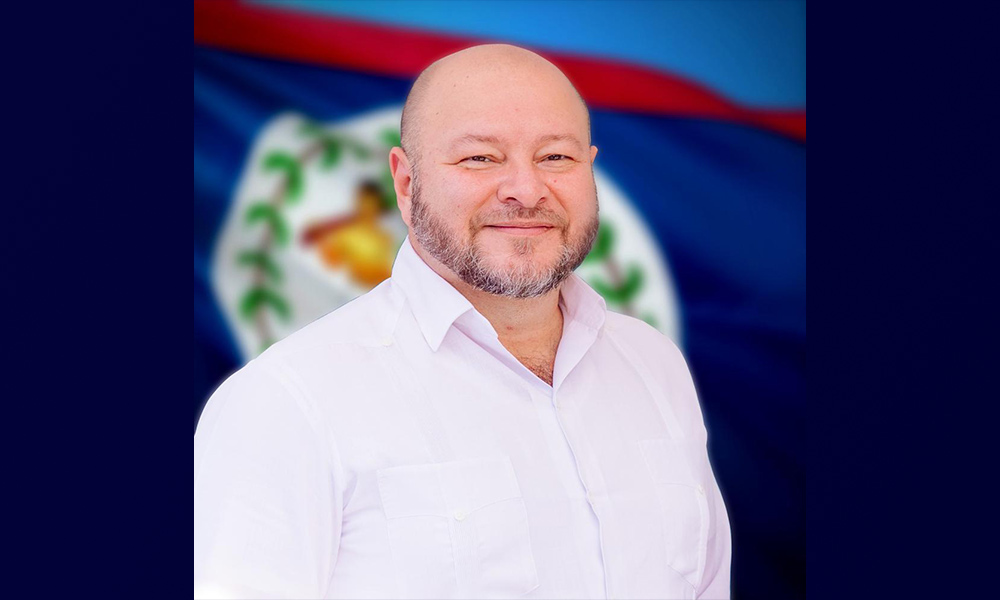
10 Sep Interview with H.E. Michel Chebat, Minister of Public Utilities, Belize
Could you give an overview of your strategic vision and goals for the Ministry and key ministerial goals for the short-to-medium term?
The Ministry of Public Utilities and Energy is crucial for Belize’s economy, managing essential services like electricity, telephone and water. It also oversees the ports, including the recently acquired Port of Belize, which is set for significant upgrades to meet national needs. Plans include enhancing infrastructure and services, with potential new business from Quintana Roo, Mexico, which may become a free trade zone. This would route imports through Belize, boosting the port’s role as a cargo hub and possibly a cruise terminal.
Additionally, the ministry’s work in energy is a vital and dynamic sector. Currently, 50% of Belize’s electricity comes from Mexico. Our ministry aims for energy independence and security by 2030, with 70% from renewable sources. We are working on several projects, including a 60 MW solar project with Saudi Arabia and a 40 MW battery storage facility through the World Bank, expected to be online by next year and the end of 2025, respectively. Although we will maintain our connection with Mexico as a backup, the energy market in Belize is expanding. New legislation now allows private homes, businesses and industries to adopt solar power and sell excess energy to the national grid, marking a significant step towards energy self-sufficiency. We’ve enacted new legislation to invite independent power producers (IPPs) to meet Belize’s 165 MW power needs. This opens investment opportunities for both local and foreign businesses. A call for proposals will be issued, with a bidding process to select the best offer. The Public Utilities Commission (PUC), as the regulator, will handle the tender documents, advertising and proposal evaluation, in collaboration with the government and Belize Electricity Limited (BEL). Belize aims not only to meet domestic energy needs, but also to connect to the Central American Electrical Interconnection System and sell electricity regionally.
How does your ministry work in the digital space and expanding connectivity?
The ministry’s responsibilities extend beyond water and electricity to e-governance, communication and internet access. Current projects focus on improving connectivity and infrastructure, such as bringing electricity to Indian Creek through a partnership with the UAE to build a microgrid. This microgrid now serves Indian Creek, Golden Stream and Medina Bank, providing electricity and enabling telecommunications companies to offer internet access for the first time. About 15% of Belize’s population lacks internet access, mostly in remote areas, due to signal, equipment or affordability issues. The government is working to improve this, with 22 villages still needing electricity. In August, we plan to inaugurate a new grid in Corazon Creek, Toledo district. Three more villages in the north will come online by the first quarter of next year. Extending the national grid to Indian Church and San Felipe is underway, aiming to support tourism and agriculture, with telecommunications companies expected to follow suit.
We’ve partnered with UNICEF’s Giga project to provide internet access to all schools, connecting 114 so far. Additionally, with Belize Telemedia, we’ve established around 14 digital connect centers across the country to offer education and government services. These centers provide basic internet skills training, facilitate access to online government services and promote e-governance to transition from manual to digital service delivery for global citizen access. We are currently digitizing our vital statistics unit, housing critical records like births, deaths, marriages and adoptions. Soon, citizens can access these documents online instead of traveling to Belize City. A pilot of the digital system will launch by the end of August.
Additionally, we’re piloting a national ID project and digitizing police records for easier access nationwide. These efforts aim to streamline services, enabling citizens to request and pay for documents online. We’re also enhancing internal government systems for improved efficiency.
How does the Ministry engage with local communities to ensure their needs are met in public utility projects and what are some notable examples of community-driven projects that have been particularly successful?
We collaborate with Belize Water Services, the national company for potable water and sewage provision. In rural areas, local water boards manage water systems. We support them by drilling new wells, providing efficient pumps and assisting with village activities to ensure clean water access.
In San Ignacio, a new water gallery on the Macal River will expand services and improve water pressure in mountainous regions. Additionally, we’re enhancing sewage systems, notably in Belmopan, our capital, which presents investment opportunities, as only 20 percent of the country currently has sewage systems.
Do you have a final message for USA Today readers about choosing Belize as their next business and investment destination?
Belize is highly conducive to business, boasting clear and transparent regulations that facilitate investment. With an independent judiciary and a robust banking sector, coupled with the support of agencies like the Belize Trade and Investment Development Service, investors receive assistance throughout their journey. Belizeans are known for their warmth and hospitality, making it an inviting destination for foreign investment. Accessible from North America and Europe, Belize offers stunning natural beauty, rich cultural heritage and a vibrant investment atmosphere. We warmly welcome foreign investors to explore the opportunities our country offers.

No Comments